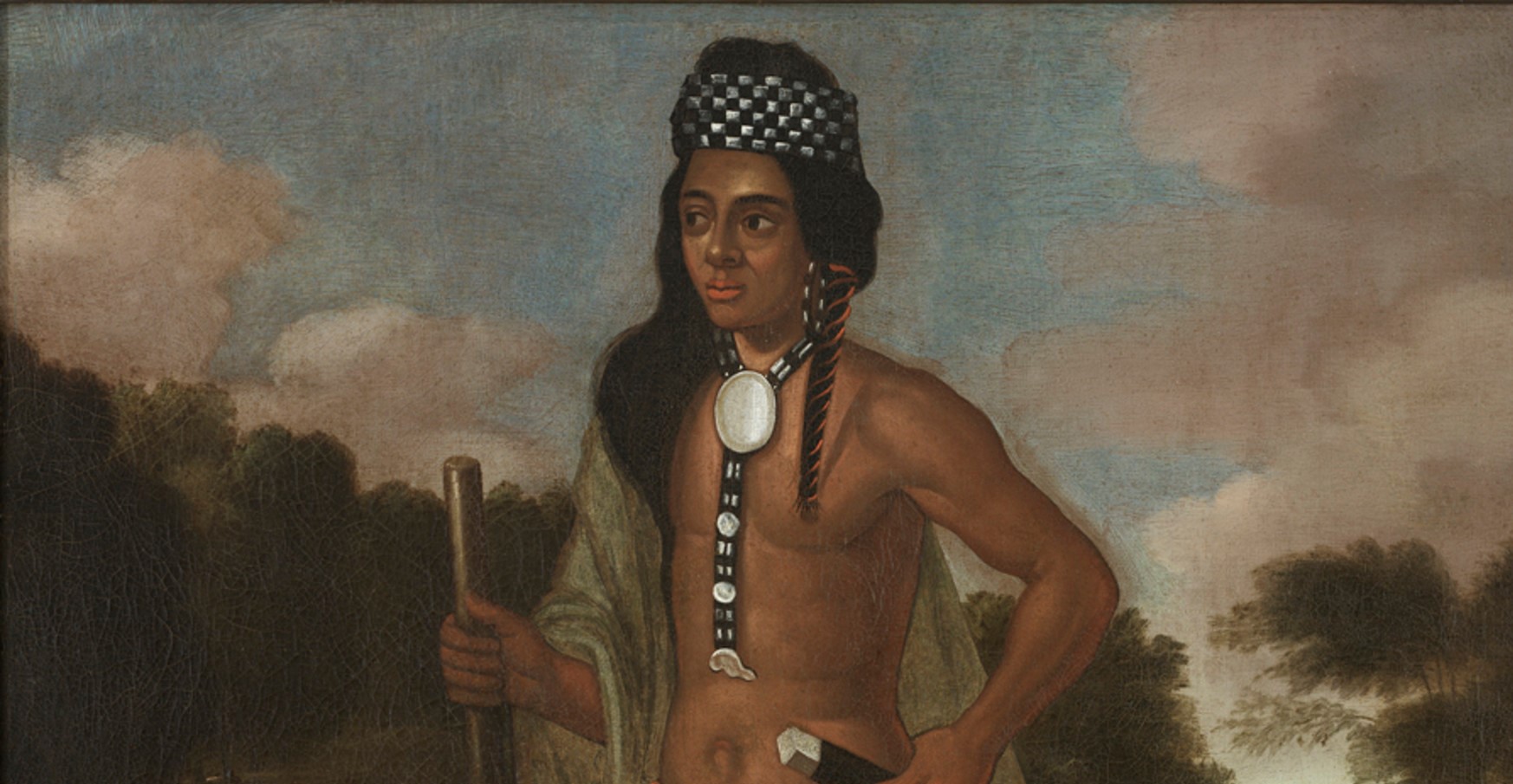Any artifact… is an historical event. … An artifact is something that happened in the past, but, unlike other historical events, it continues to exist in our own time. Artifacts constitute the only class of historical events that occurred in the past but survive in the present. They can be re-experienced; they are authentic, primary historical material available for first-hand study. Artifacts are historical evidence.”
— Jules David Prown
In Spring 2023, students from University of Illinois began a project to reinterpret the colonial phase of American history by focusing on one specific object: a Bible.
Not just any bible, but rather the first Bible published in North America, a complete edition of old and new testaments created at the printing press in Cambridge, Massachusetts, in 1663.
The John Eliot Bible is one of the most important documents in American history, a massive feat of intellectual and spiritual labor. It is an extraordinary window—one of the best we have – into who these early modern people of colonial American history were.
What makes the John Eliot Bible so special is that it was published not in English, the language of the settler colonists who are frequently the protagonists of our “colonial history.” Rather, it was published in Massachusett, or Wampanoag, the Algonquian language spoken by people who already lived in New England when the so-called Puritans arrived.
It is a rare book, and a rare opportunity for us to reckon with some interesting on the ground realities of colonial history. Even basic questions provoke mystification: How was this book made? Why? Who read it? It is a counterintuitive and improbable and – frankly – quite strange book! What’s going on here?
The answers to these basic questions lead student researchers to important stories. This book, one of about 1500 actually published, is one of only 33 copies that survive today. It was made as a tool for the missionary project, most importantly for John Eliot himself, a Puritan minister of a “praying town” called Natick.
But the translation was actually largely the work of Indigenous linguists like John Sassamon and a team of Indian translators. Sassamon and his colleagues were unusual for their literacy as well as their interest in this foreign Puritan religion, which is why the book was probably rarely used in its day. But more recently, the book has been one of the most important primary sources for the revitalization of the Wampanoag language. The Wampanoag Nation has rebuilt and reclaimed much cultural knowledge from this book over the past two generations.
For U of I students, this book is a way to approach colonial American history. It helps us understand Puritan theology, and the utopian project for which the Puritans are often known (and misunderstood). It allows us to approach the Wampanoags and their neighbors, not through the filter of colonial sources, but more directly through the almost tactile experience of reading their words. It helps us understand the creativity, misunderstanding, and devastation of this cultural encounter long ago. It helps us understand the Wampanoags—and by extension many colonized peoples— as complex and creative and active shapers of their own story.
But the book is also a window into less remote history. How did this book wind up here, a land grant university in the middle of the continent? How have academic historians valued and interpreted texts like these, ones with such obvious significance to modern communities who have often been excluded from academic practice? Student researchers have studied these questions as well, examining the stories of collecting, preserving, curating, and commemorating that are entangled with cultural objects like these. These stories are not remote, but recent. As one student has observed, colonial American history may be primarily a matter of what happened in the 17th century. But many aspects of colonialism are not in the past.
The Eliot bible project uses one object to examine American origin stories, as well as histories of historical interpretation and practice in an institution where a certain version of professional history has deep roots. Most importantly, it showcases the interpretations and insights of a new generation of historians-in-training. It demonstrates their creativity, their bold experiments in digital humanities, and their critical reflections on this complex period of American history.


